Programmed death-1 ligand 1 interacts specifically with the B7-1 costimulatory molecule to inhibit T cell responses
- PMID: 17629517
- PMCID: PMC2707944
- DOI: 10.1016/j.immuni.2007.05.016
Programmed death-1 ligand 1 interacts specifically with the B7-1 costimulatory molecule to inhibit T cell responses
Abstract
Pathways in the B7:CD28 family of costimulatory molecules regulate T cell activation and tolerance. B7-dependent responses in Cd28(-/-)Ctla4(-/-) T cells together with reports of stimulatory and inhibitory functions for Programmed Death-1 Ligand 1 or 2 molecules (PD-L1 or PD-L2) have suggested additional receptors for these B7 family members. We show that B7-1 and PD-L1 interacted with affinity intermediate to that of B7-1:CD28 and B7-1:CTLA-4. The PD-L1:B7-1 interface overlapped with the B7-1:CTLA-4 and PD-L1:PD-1 (Programmed Death-1) interfaces. T cell activation and cytokine production were inhibited by the interaction of B7-1 with PD-L1. The responses of PD-1-deficient versus PD-1,B7-1 double-deficient T cells to PD-L1 and of CD28,CTLA-4 double-deficient versus CD28,CTLA-4,PD-L1 triple-deficient T cells to B7-1 demonstrated that PD-L1 and B7-1 interact specifically to inhibit T cell activation. Our findings point to a substantial bidirectional inhibitory interaction between B7-1 and PD-L1 and add an additional dimension to immunoregulatory functions of the B7:CD28 family.
Conflict of interest statement
The authors disclose no financial conflicts of interest.
Figures
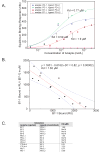
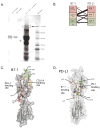
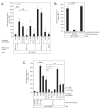
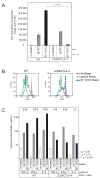

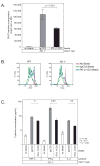

References
-
- Baban B, Hansen AM, Chandler PR, Manlapat A, Bingaman A, Kahler DJ, Munn DH, Mellor AL. A minor population of splenic dendritic cells expressing CD19 mediates IDO-dependent T cell suppression via type I IFN signaling following B7 ligation. Int Immunol. 2005;17:909–919. - PubMed
-
- Barber DL, Wherry EJ, Masopust D, Zhu B, Allison JP, Sharpe AH, Freeman GJ, Ahmed R. Restoring function in exhausted CD8 T cells during chronic viral infection. Nature. 2006;439:682–687. - PubMed
-
- Bazzoni G. The JAM family of junctional adhesion molecules. Curr Opin Cell Biol. 2003;15:525–530. - PubMed
-
- Broeren CP, Gray GS, Carreno BM, June CH. Costimulation light: activation of CD4+ T cells with CD80 or CD86 rather than anti-CD28 leads to a Th2 cytokine profile. J Immunol. 2000;165:6908–6914. - PubMed
-
- Chen L. Co-inhibitory molecules of the B7-CD28 family in the control of T-cell immunity. Nat Rev Immunol. 2004;4:336–347. - PubMed
Publication types
MeSH terms
Substances
Grants and funding
LinkOut - more resources
Full Text Sources
Other Literature Sources
Medical
Molecular Biology Databases
Research Materials

